In this article by Ida Munawarah, Sports Science & Pelvic Care Physiotherapist — learn the medical reasons why women may leak urine during exercise and workouts.
# 1 Exercise Adds Internal Pressure to Our Body

Some of the popular workouts we learn from YouTube or online involve high impact to our inner body.
Examples are: HIIT (High intensity interval training), Tabata, yoga, lifting, running, skipping rope, zumba, dancing.
When we do high impact activities like the above – we introduce pressure into the insides of our body.
It pushes down hard on our pelvic floor.
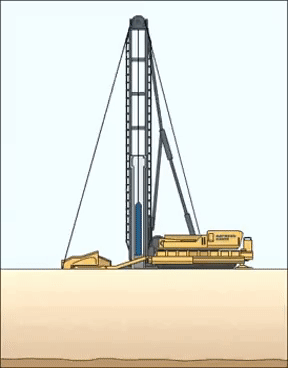
It's the Main Reason We Leak Urine
Over time, our pelvic floor becomes weak — accelerating our loss of control to hold in urine regardless of age.
That’s why we risk leaking when we do high impact exercise or activities.
#2 Exercising is linked to Leaking
Clinical studies consistently show about 30 percent of women have the same problem.
This means that between us, our mothers, and our grandmothers:-
“1 in 3 women we know in our lives will have suffered leaking urine from high impact activities some point in their lifetime.”
High Impact Exercise Increases Risk to 200%
If we do heavy impact exercises often enough, the rate doubles to an alarming >60 percent!
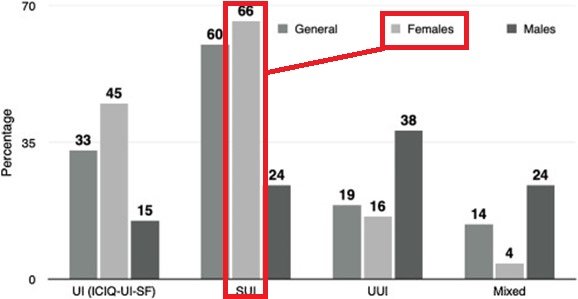
All these statistics means?
Leaking during high impact activities seem to be 2-3x more common in women than in men.
We may start losing control of our DAILY urination function if we don’t learn how to reverse the impact on our pelvic floor.
Clinical studies consistently show us that there is a proven gold-standard method to prevent and reverse it.
#3 Leaking is Our Body is Signaling for Help
Click below to expand to see more
When we cannot control our pee like we used to, we can expect our daily routine and favourite activities to be disrupted — in previously unimaginable ways when we were in control.
Women with this condition often share with me that they needed to visit the toilet shortly after they drink something.
Some wake up discovering wetting the bed and their pants. And even more seem to leak urine while doing things they enjoy.
While not life-threatening, it does affect our day-to-day quality of life.
Especially when Malaysian women tend to live longer than our male counterparts.
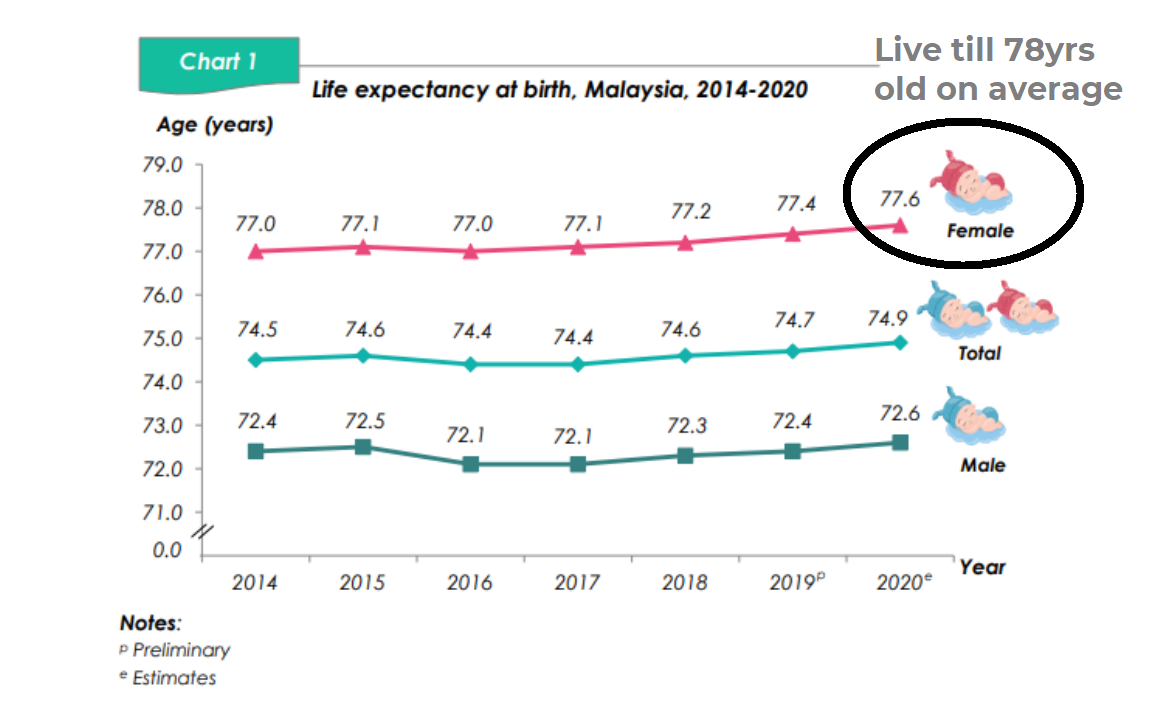
When we first start to leak a bit, even how infrequent or occasional, it can happen at other times as well.
Moments when we may also leak 💦 involuntarily:
a) Pass wind
b) Laugh
c) Sneeze
d) Cough
e) Do prayers
f) Do yoga
g) Dance
h) Have penetrative intercourse
In Pelvic Health Physiotherapy terms – these are ‘stress’ activities.
Stress activities pushes extra intra-abdominal pressure (ℹ️ pressure inside our body) to our inner pelvic floor muscles which are already weakened by the high impact exercise or activities that we do.
Holding in urine may suddenly seem like a luxury for us with a weakened pelvic floor.
And it certainly adds stress to our lives.
A lot of women with urinary incontinence find themselves coping with leaking issues. Because it seems like there’s no real permanent solution.
From reducing water intake to trying all brands of ‘jamu‘, to wearing pads every day, most coping mechanisms do nothing to slow down or reverse the real reason of the problem.
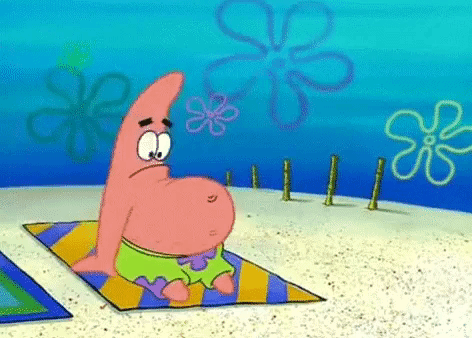
Coping mechanisms are usually ‘problem-shifting’ and not ‘problem-solving’.
They tend to create new problems to other aspects of our health.
For example:
❌ Reducing water intake to avoid leaking may also dehydrate our body. It’s not great for our skin and cells.
❌ Wearing pads may seem like ‘The Solution’ – but soiled pads and underwear increases the chance of urinary tract infection (UTI) — something highly unpleasant!

We end up spending a lot more on coping than solving the issue.
And the problem rarely stops there.
Leaking urine is often the early-stage symptom of pelvic floor dysfunction.
When we continue to exercise, we risk progressing towards a more serious complication:
Our internal pelvic organs i.e. the bladder, uterus, rectum can fall when our pelvic floor becomes so weak after repeated high impact activities.
This is known as “Pelvic Organ Prolapse”, where our internal organs fall out of our vagina opening.
It leads to many other complications that destroys our quality of life.
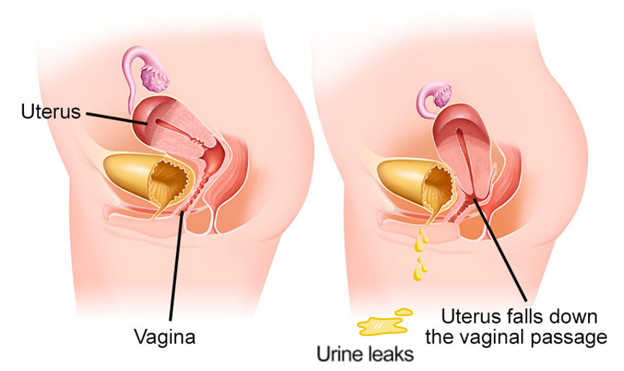
Most people have not seen their internal organs hang out of their bodies. When they do, it’s already at a late stage.
Here’s what a prolapse looks like when it reaches a certain stage:
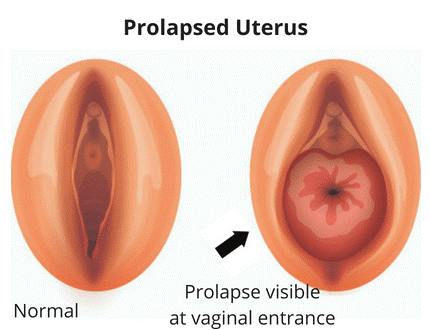 Internal organs visible outside of our body
Internal organs visible outside of our body
In serious and situations with complications, an invasive surgery is the only option to either:
a) reconstruct our inner pelvic support, or
b) to remove our fallen uterus entirely that is affecting our health and wellbeing.
The second option also means the end of future pregnancies for us.
Fully Reverse and Cure It in 30 days with this tested and proven sports science method!
Read here to continue with Part 2 of this article to learn how to reduce and reverse the impact of exercise on our pelvic floor AND stop the leaking for good in just 3 steps.
If you’d like to start reversing the issue, click below to get a special rate for your first trial with me!
REGISTER BELOW
This 19 JUNE 2021, 3pm (Saturday)
